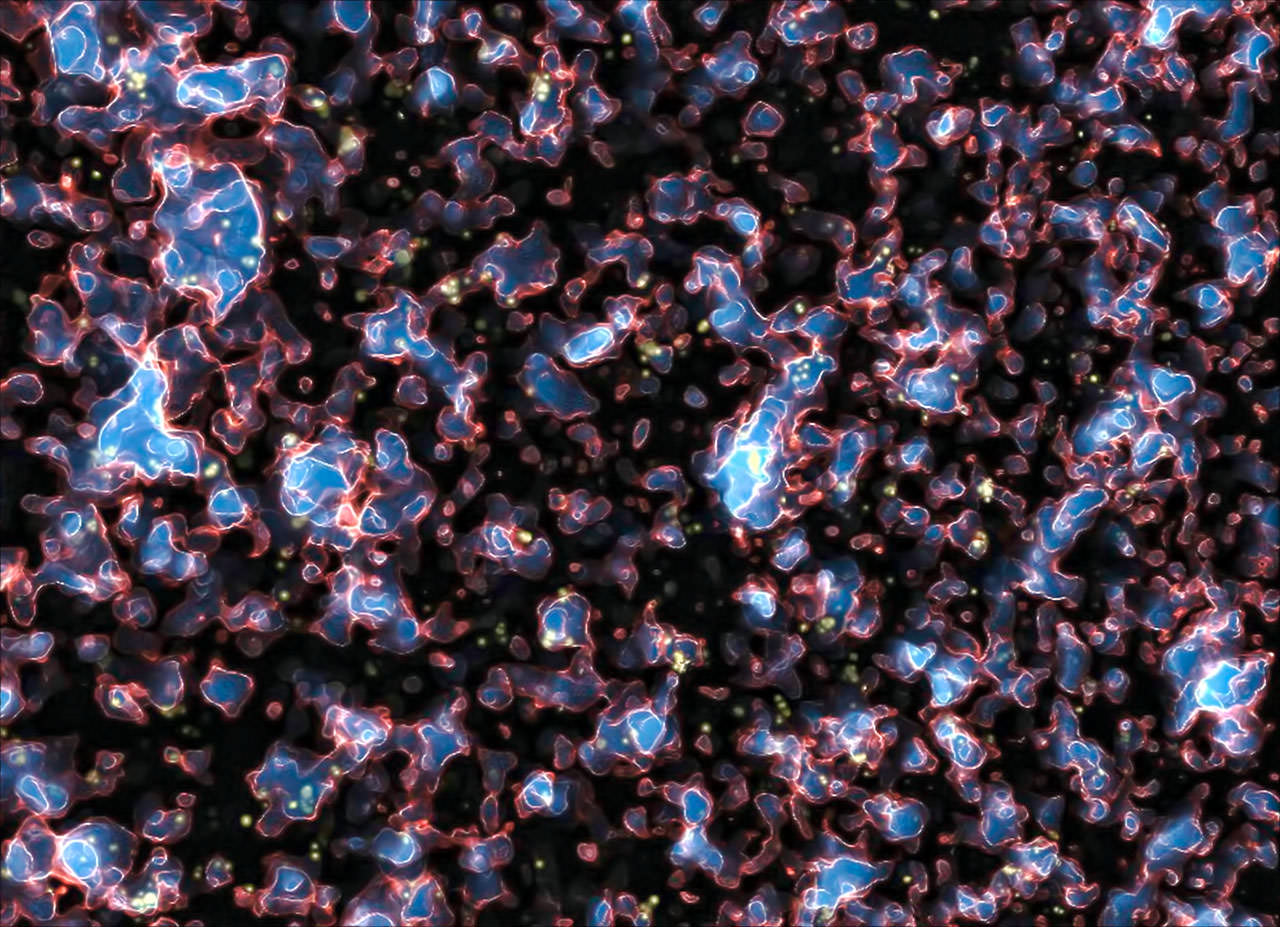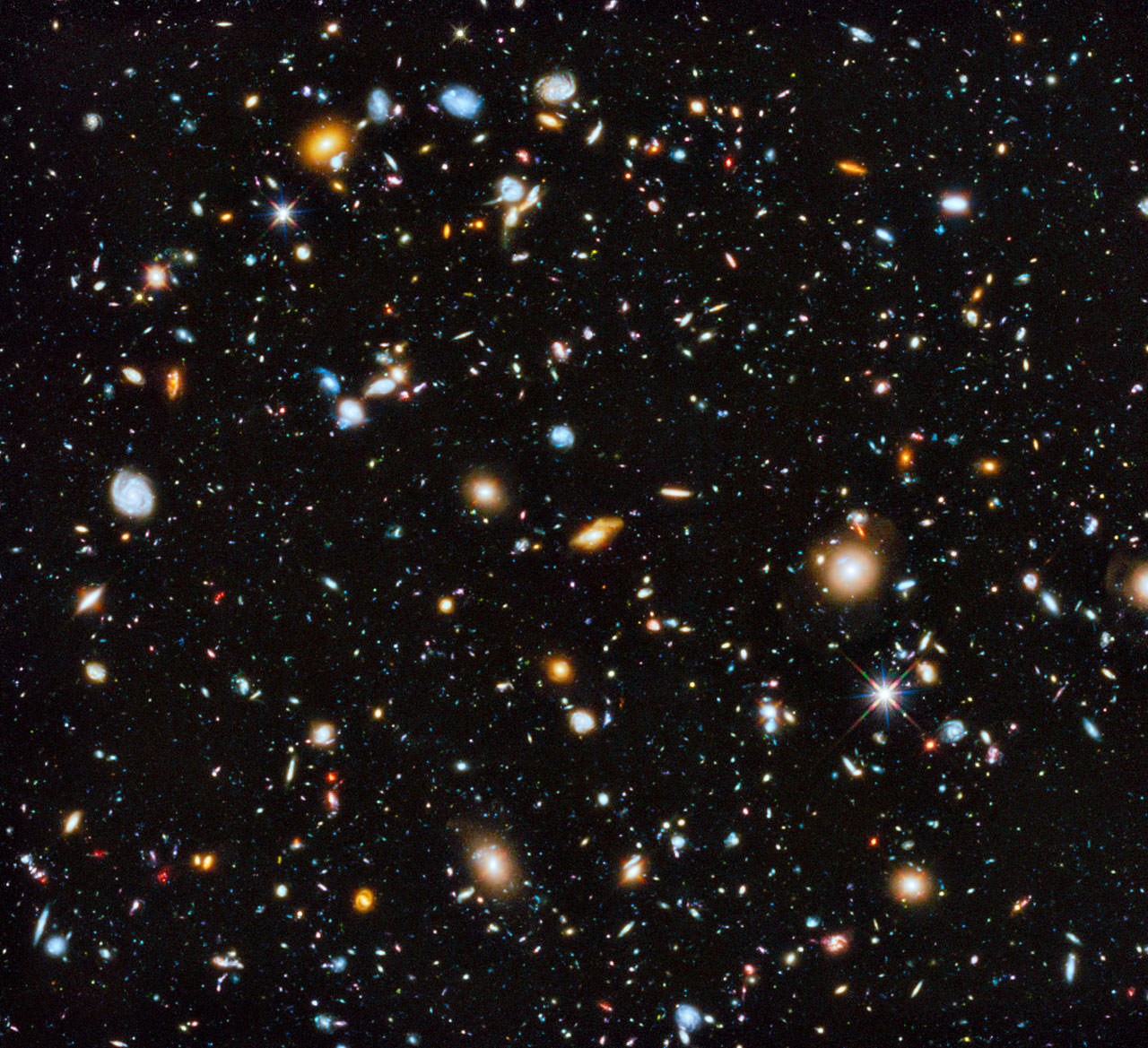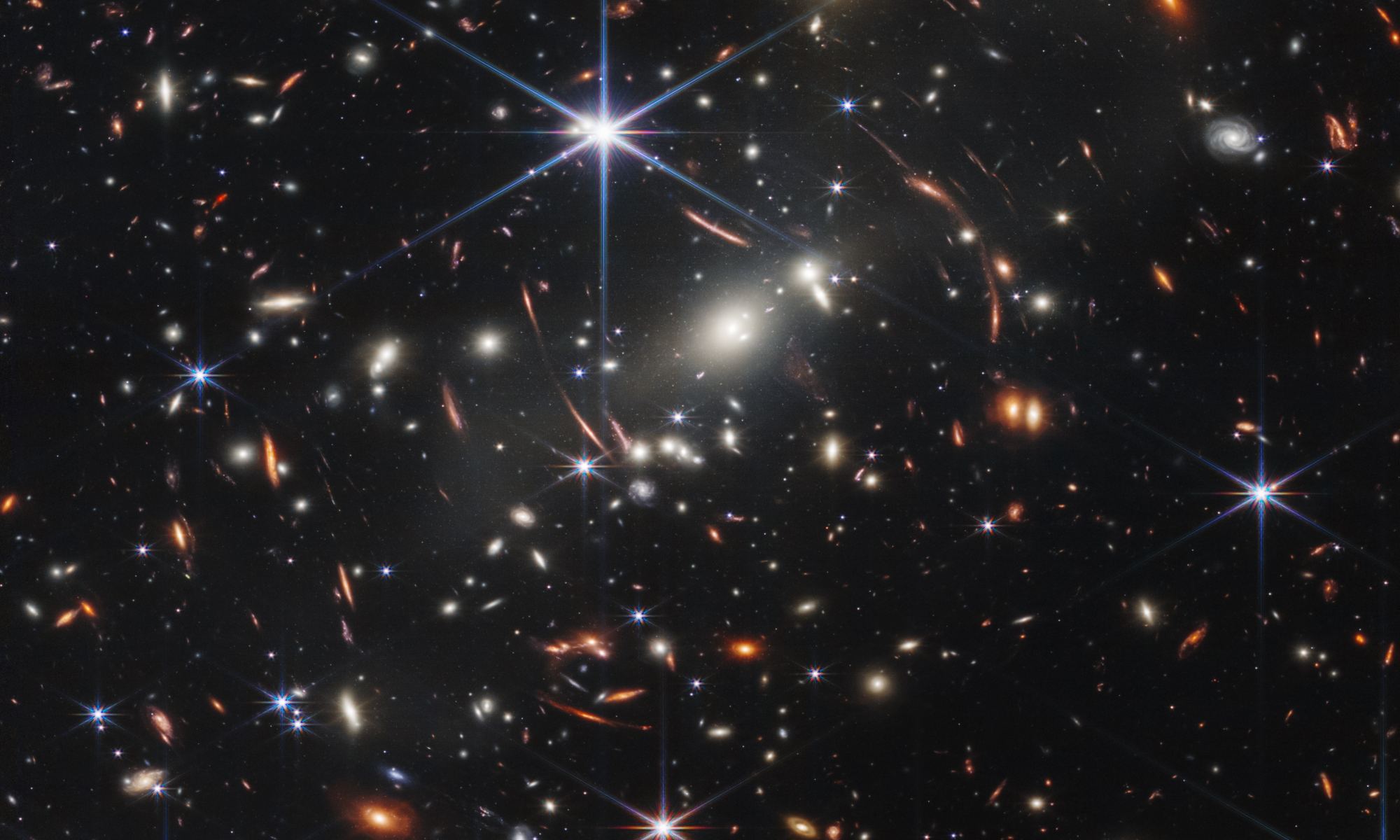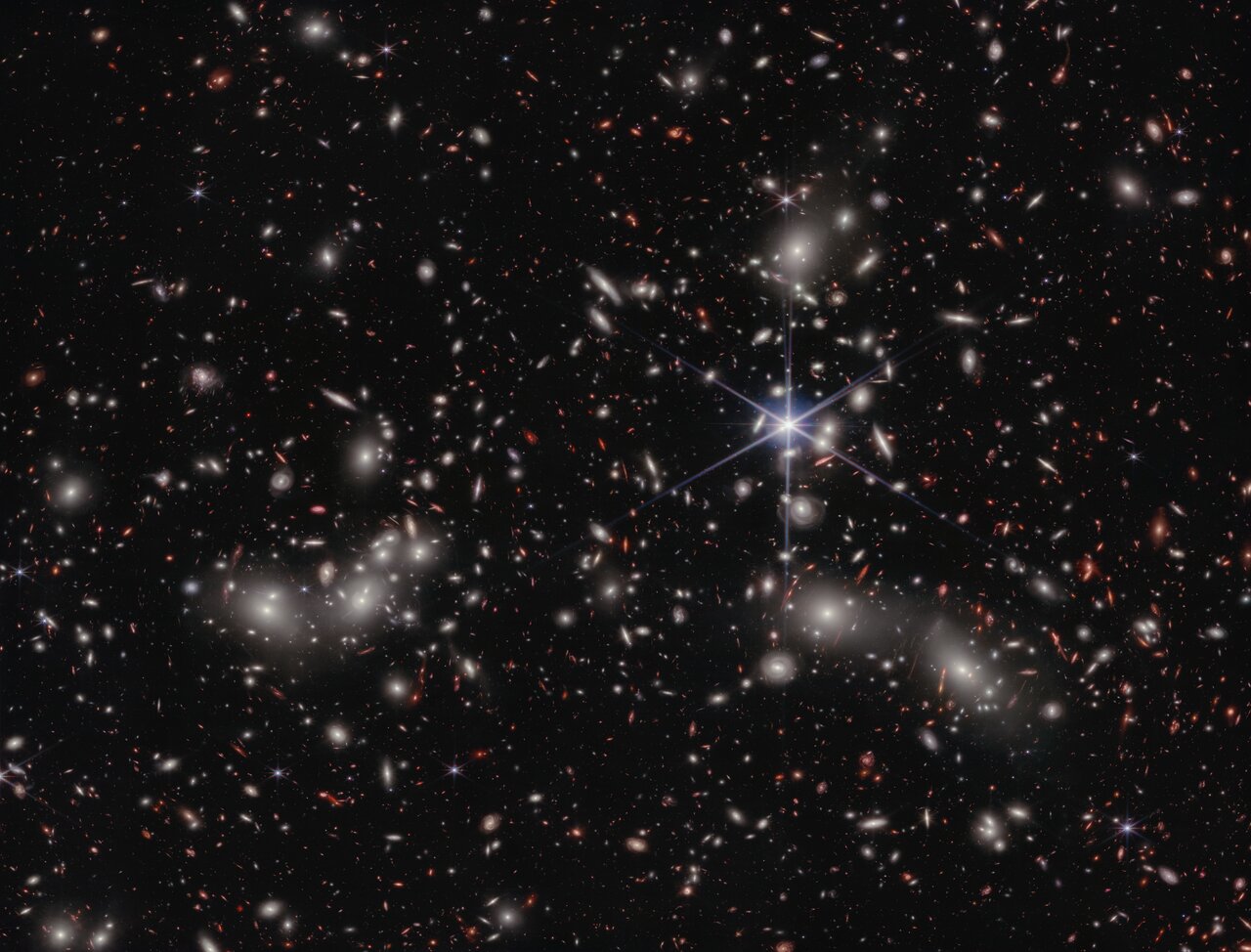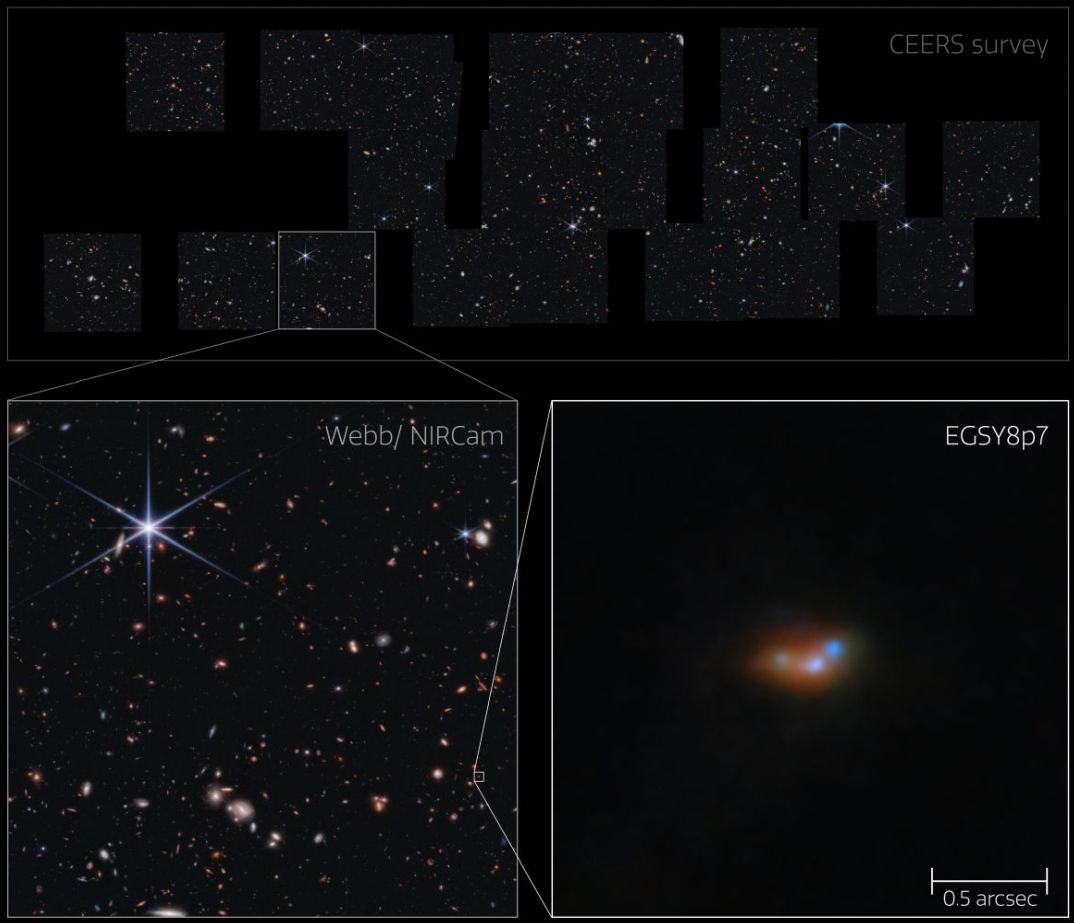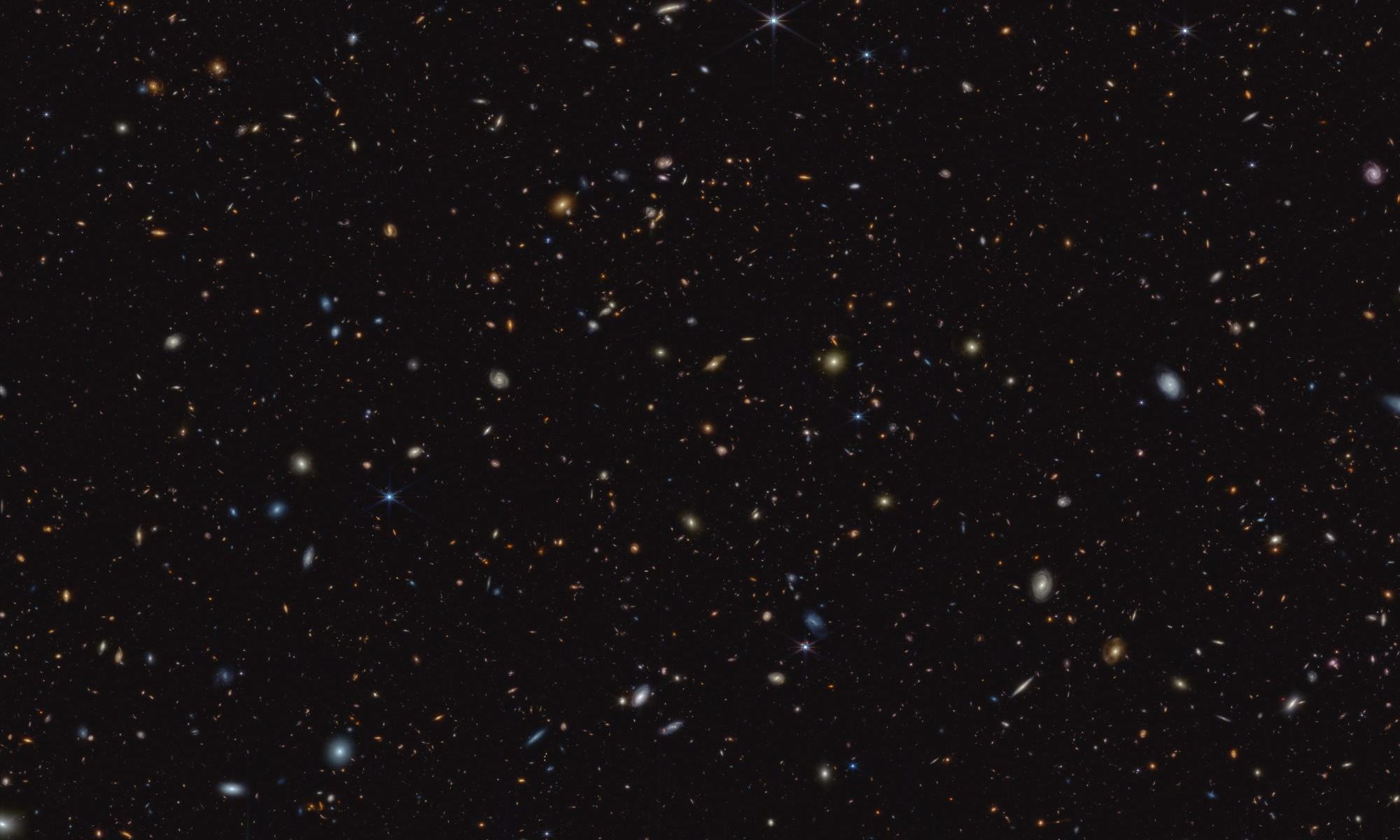The “Epoch of Reionization” was a critical period for cosmic evolution and has always fascinated and mystified astronomers. During this epoch, the first stars and galaxies formed and reionized the clouds of neutral hydrogen that permeated the Universe. This ended the Cosmic Dark Ages and led to the Universe becoming “transparent,” what astronomers refer to as “Cosmic Dawn.” According to our current cosmological models, reionization lasted from 380,000 to 1 billion years after the Big Bang. This is based on indirect evidence since astronomers have been unable to view the Epoch of Reionization directly.
Investigating this period was one of the main reasons for developing the James Webb Space Telescope (JWST), which can pierce the veil of the “dark ages” using its powerful infrared optics. However, observations provided by Webb revealed that far more galaxies existed in the early Universe than previously expected. According to a recent study, this suggests that reionization may have happened more rapidly and ended at least 350 million years earlier than our models predict. Once again, the ability to peer into the early Universe has produced tensions with prevailing cosmological theories.
Continue reading “Webb Observations Shed New Light on Cosmic Reionization”
